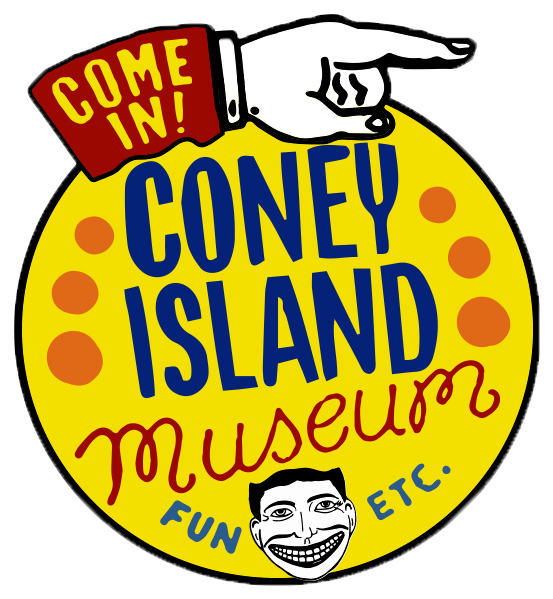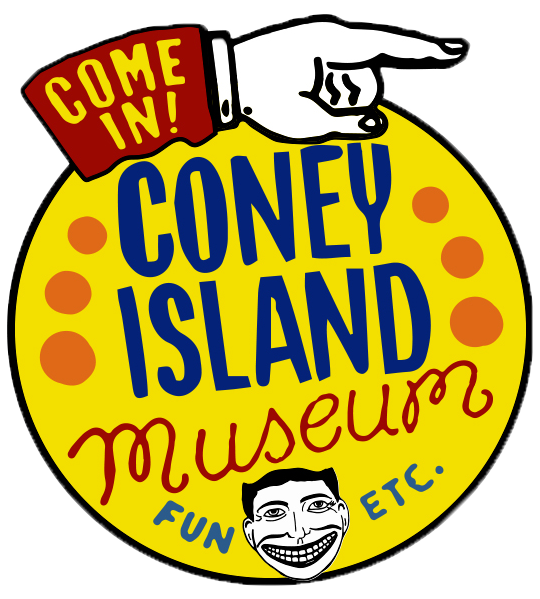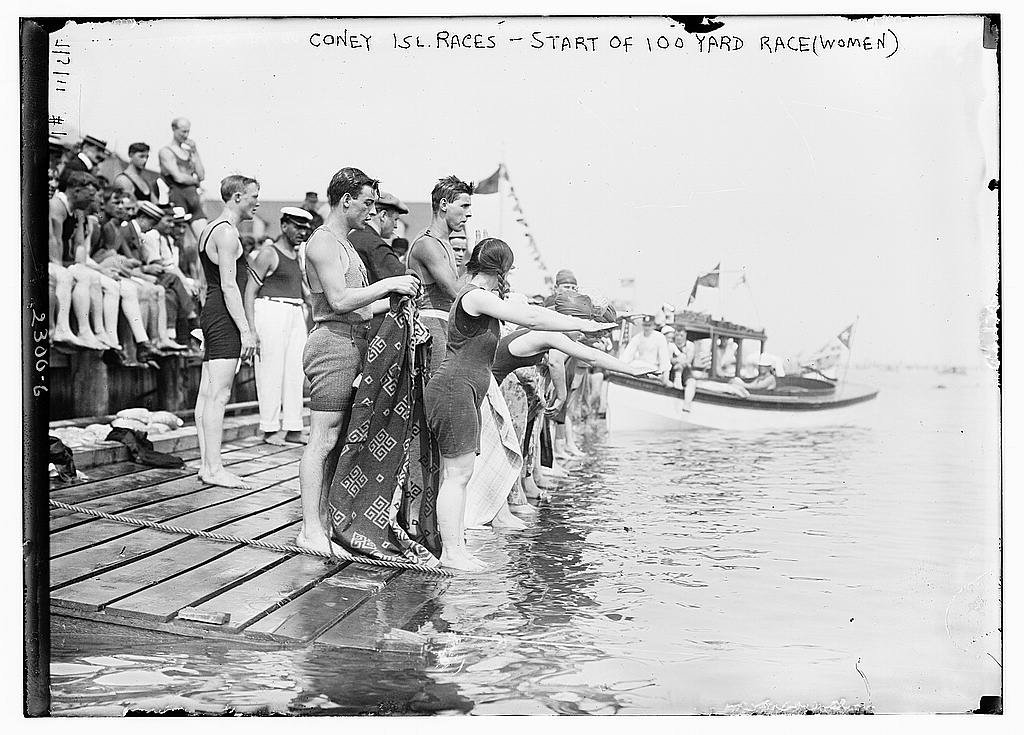Why 30,000 People Slept on the Beach One Night
In the year 1911, Coney Island was thriving amid its Golden Age. Rival amusement parks such as Steeplechase, Dreamland, and Luna competed for not only the thousands of New Yorkers who poured into “America’s Playground” but drew curious visitors from all over the world. Sigmund Freud made it a point to go to Coney Island during his trip to America in 1909.
Coney Island, the Whole Darnd Family (LOC); Bain News Service,, publisher; between ca. 1910 and ca. 1915; 1 negative : glass ; 5 x 7 in. or smaller; Library of Congress
But July 3 , 1911, saw something extraordinary, when an estimated 400,000 people rushed to Coney Island in a single day, according to Police Captain Thomas Murphy. It wasn’t just the rollercoaster that drew them. It was the beginning of a brutal two-week heatwave that crippled the Northeast, killing over 200 people in New York alone.
People unable to remain in their homes with temperatures so unbearably hot descended on the beaches of Coney Island and stayed through the night, desperate for rest.
Coney Island, the Beach; Bain News Service,, publisher; between ca. 1910 and ca. 1915; 1 negative : glass ; 5 x 7 in. or smaller; Library of Congress
“Captain Murphy stationed twenty-five extra policemen on the bathing beaches last night so that no thieves could rob the sleepers, who numbered about 5,000,” reported The New York Times.
Battery Park on hot day; Bain News Service,, publisher. Battery Park on hot day ';between ca. 1910 and ca. 1915; 1 negative : glass ; 5 x 7 in. or smaller; Library of Congress
Asleep in Battery Park on hot day; Bain News Service,, publisher; Asleep in Battery Park on hot day; between ca. 1910 and ca. 1915; 1 negative : glass ; 5 x 7 in. or smaller, Library of Congress
The heatwave, believed to have been caused by an unusual hot wind pouring down from Canada, made the temperature rise to the high 90s and stay there.
The New York Times reported on July 4, “New York City at 8 AM yesterday was the hottest place in the United States, excepting none, the thermometer registering 87, which was higher than Sunday’s temperature at the same time by 15 degrees. All morning the mercury rose, until at 11:45 AM it reached the official maximum of 98, higher by 3.5 degrees than Sunday’s maximum, and surpassing all records for heat in a decade.”
Air conditioning didn’t exist in New York City buildings in 1911. It would be installed in some luxury apartments in the 1930s and not find widespread use until the 1960s.
In the city, the heat wave created a crisis that, quite simply, drove people insane.
“One drunken fool, ‘party crazed by the heat,’ attacked a policeman with a meat cleaver,” according to the Bowery Boys.
“Heat caused one man to attempt suicide by drowning at the foot of East Twenty-Sixth Street. Workmen were pushing a loaded brick barge off from the dock when a man, running and yelling that everyone, including the sun, was trying to take his life, rushed toward a receding barge, and jumped into the water, missing the barge by several feet. Patrolman Donovan, with the aid of a rope, towed him ashore, but the man fought back and tried to throw himself back into the water. He was taken to Bellevue Hospital, where he said his name was Albert Wester, and he had no home.”
The descriptions of fatalities underscore that at first this was an emergency that struck down the very young and the very old. Babies never woke up; the elderly collapsed in their living rooms. As the heat wave ground on, the police, fire fighters, day laborers, and elevator operators lost their lives.
Hot day--watering horses 1911 July 7 (date created or published later by Bain); Bain News Service,, publisher.; 1 negative : glass ; 5 x 7 in. or smaller; Library of Congress
From the first to last day, Coney Island was seen as a refuge. While the subways were particularly hellish, people endured the ride to get to the beach.
The newspapers tell the story of a rising demand on Coney. Workers were given megaphones to make periodic announcements along the beach, imploring bathers not to stay in the water too long, for there were “thousands others waiting.”
Coney Isl Races-start of 100 yd. (women's); Bain News Service,, publisher.; between ca. 1910 and ca. 1915; 1 negative : glass ; 5 x 7 in. or smaller; Library of Congress
On July 3rd: “With heat waves beating down on the city, there was a great rush yesterday for Coney Island. The resort drew the record throng of the season. Pleasure seekers poured into it by boat, trolley, and train from early morning, and even as midnight approached, folk who found their homes in the heart of Brooklyn and Manhattan too hot to sleep in, continue to fill the cars, bound Coney Islandward.”
On July 5th: “The beach is so crowded at night with people who seek relief from the heat that there is hardly any room for them without creating conditions of congestion. Beginning last night, Steeplechase Park, with its pier, beach, and pavilions, was thrown open to mothers and their children as a resting place for the night. George C. Tilyou, owner of the park, provided extra watchmen to keep guard over the sleeping ones throughout the night.”
On July 6th: “Many thousands of persons went to the beaches to seek relief. It is estimated that half a million persons bathed at Coney Island, Brighton, and Manhattan Beaches yesterday. About 30,000 persons slept on the beach last night.”
On July 15 the heat wave broke with a thunderstorm. Temperatures returned to normal for summer—and Coney Island’s priorities went back to normal too.
However, newspaper reporters made note that during the heatwave it was striking how few arrests were made in Coney Island despite its hundreds of thousands of visitors.
In fact, there were only two arrests “of any consequence” made on July 3rd and those were due to a police crusade against “skimpy and abbreviated bathing suits.”
Two brothers were taken into custody after they were spotted sunning themselves at the foot of West 25th Street “in bathing suits deemed improper.”
“I admire Greek statuary in its place, but its place is in a museum,” said the patrolman as he arrested the two young men.
Nancy Bilyeau is the author of seven historical novels. Her 2020 novel of suspense, Dreamland, is set in Coney Island during the summer of 1911. To learn more, go to www.nancybilyeau.com







